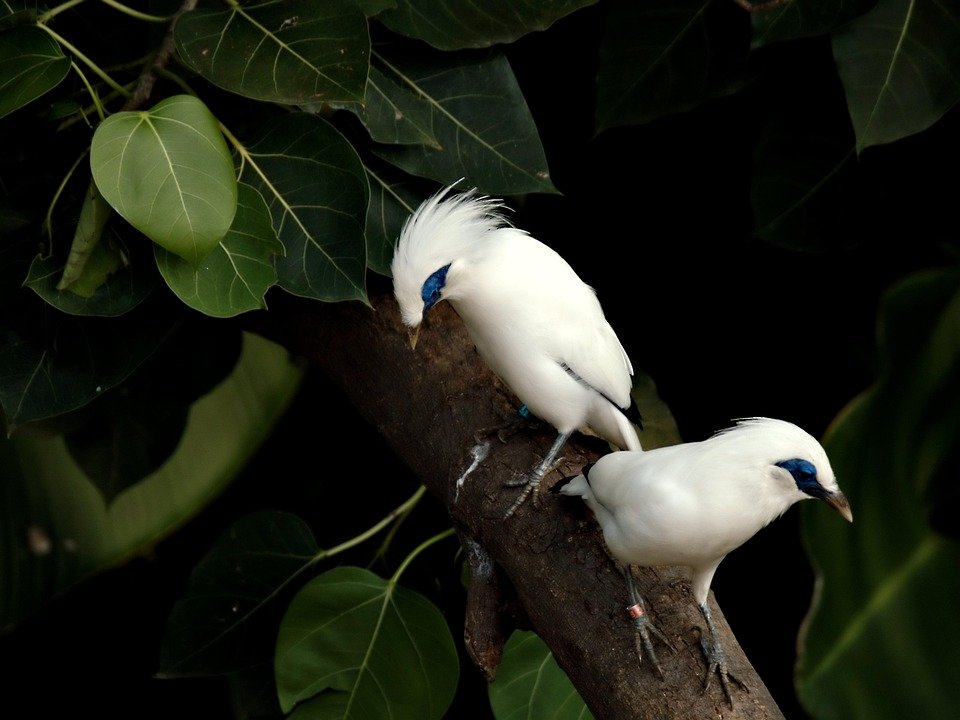Wondering when to go to Bali without running into huge crowds or bad weather? The best time to visit this enchanting island really depends on your preferences, whether you're looking to escape on a budget, soak up cultural events, or simply enjoy the sun. In this article, we'll dive into the climate, seasonal highlights, and tips to help you choose the ideal time to go to Bali based on what you want from your trip.
Overview of Bali’s Climate
Bali's climate can be broadly divided into two main seasons: the dry season and the wet season. The dry season typically runs from April to September, boasting sunny skies and relatively low humidity. On the other hand, the wet season spans from October to March, characterized by monsoons and higher humidity.
The average temperature in Bali hovers around 30°C (86°F) year-round, with slight variations. However, during the wet season, temperatures may feel cooler due to rainfall, while the dry season can get quite warm, particularly in the interior regions. Knowing the weather in Bali and how it shifts with the seasons will help you plan more effectively for your trip.
Seasonal Breakdown:
Dry Season (April – September)
April to June:
- Weather: April kicks off the dry season, making it a fantastic month to visit with champagne-level humidity. The temperatures are pleasant, typically around 27°C (81°F).
- Events: The Bali Spirit Festival in April celebrates yoga, dance, and music, creating a lively atmosphere.
- Pros: Fewer tourists compared to peak months, making accommodations easier to secure.
- Cons: Some attractions might still be in recovery from rainy season damage.
- Best for: Budget travelers and those who want a quieter experience.
July and August:
- Weather: These are the peak months for tourists. Expect warm, sunny days, with temperatures averaging 30°C (86°F) or more.
- Events: Numerous cultural festivals happen during these months, including the Bali Arts Festival.
- Pros: Vibrant atmospheres, great for social travelers.
- Cons: Higher prices on hotels and flights; crowded beaches and attractions.
- Best for: Beach lovers and those looking to experience Bali's cultural richness.
September:
- Weather: As the dry season wraps up, expect warm days but slightly less humidity.
- Events: The Island's Night Markets start opening up, offering local delicacies.
- Pros: The crowds begin to thin after the peak season, which is great for some peace.
- Cons: Some high-end places may still charge peak rates.
- Best for: Travelers seeking a balance between good weather and fewer crowds.
Wet Season (October – March)
October to December:
- Weather: Rainfall begins to increase, especially in November and December, but you might experience sunny spells in between.
- Events: Galungan Festival in November is an excellent time to immerse in local culture.
- Pros: Prices drop significantly for accommodation and activities.
- Cons: Increased chance of heavy rain disrupting outdoor plans.
- Best for: Budget travelers not put off by occasional wet weather, cultural enthusiasts.
January and February:
- Weather: January is typically the wettest month, with heavy tropical storms, while February begins to see some improvement.
- Events: Quiet months, with local temples holding modest ceremonies.
- Pros: Fantastic promotions on hotels and flights.
- Cons: Beach days may be hit-or-miss due to rain.
- Best for: Solo travelers seeking solitude or long-term stays with lower costs.
March:
- Weather: With the transitional nature of March, you'll likely enjoy both dry and rainy days.
- Events: Nyepi, the Balinese Day of Silence, occurs in March and is a unique cultural experience.
- Pros: Less crowded; hotel prices still falling.
- Cons: Restrictions during Nyepi can limit activities.
- Best for: Cultural enthusiasts looking to experience Balinese traditions.
Tips Based on Travel Style
Choosing when to travel to Bali should hinge on your personal preferences. Here are some tailored tips:
-
For Budget Travelers: Aim for the wet season, especially October or March when deals are plentiful but the rain isn't too oppressive. Hotels drop their rates, and you'll have a chance to enjoy the island at a fraction of the cost.
-
For Avoiding Crowds: Late April to early June or September is ideal. This way, you can explore popular sites without the hustle and bustle of peak tourists.
-
For Outdoor Activities or Cultural Events: The dry season is best for hiking or exploring scenic spots like Mount Batur. If you're keen on cultural events, plan your trip around festive periods, such as the Bali Arts Festival in July.
- For Romantic or Solo Trips: Consider visiting in the quieter months, like late September or early October. The serene atmosphere is perfect for introspection or romantic escapes with fewer distractions.
Wrapping Up
It really depends on what kind of experience you're looking for. Some travelers love January for the tranquility it offers, while others aim for the festive vibe found in June. Whichever time speaks to you, Bali welcomes visitors year-round, each month offering its own unique flavor of adventure. So, whether you're lounging on pristine beaches or reveling in local culture, there's always something magical waiting for you on this beautiful island.
FAQ
Is October a good time to visit Bali?
Yes, October marks the transition to the dry season with fewer crowds and pleasant weather.
When is the rainy season in Bali?
The rainy season in Bali typically runs from October to March.
What's the cheapest time to visit Bali?
Traveling during the wet season, particularly from November to mid-March, usually offers the best deals on accommodations and activities.
What's the peak season in Bali?
The peak season generally occurs during July and August when most tourists flock to the island for the dry weather and festivals.








